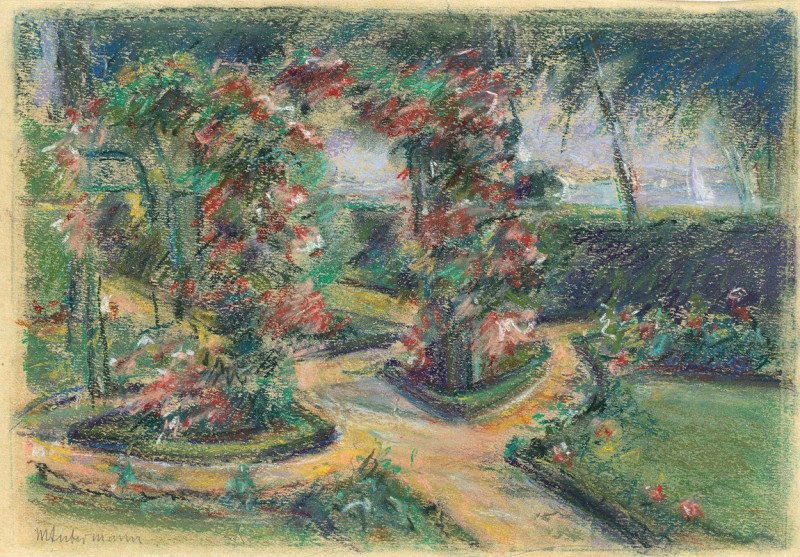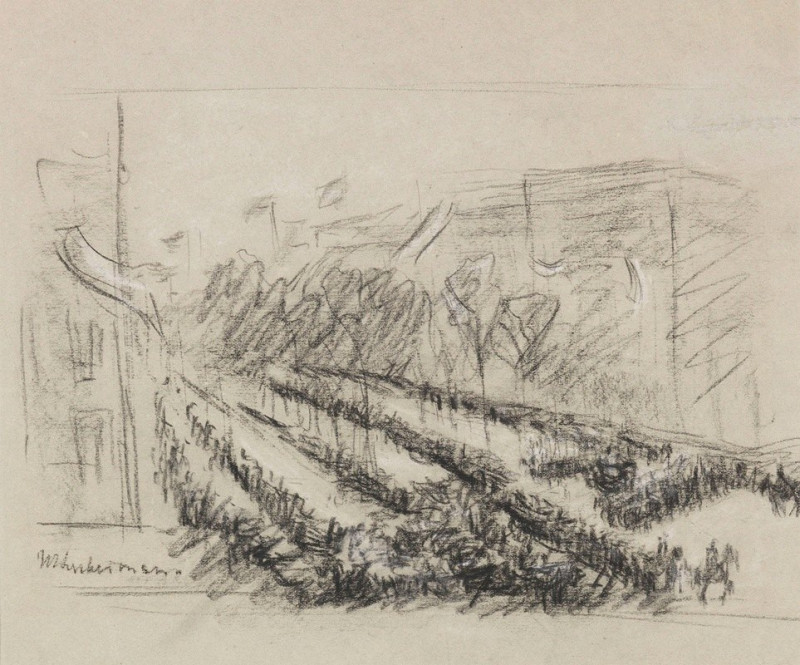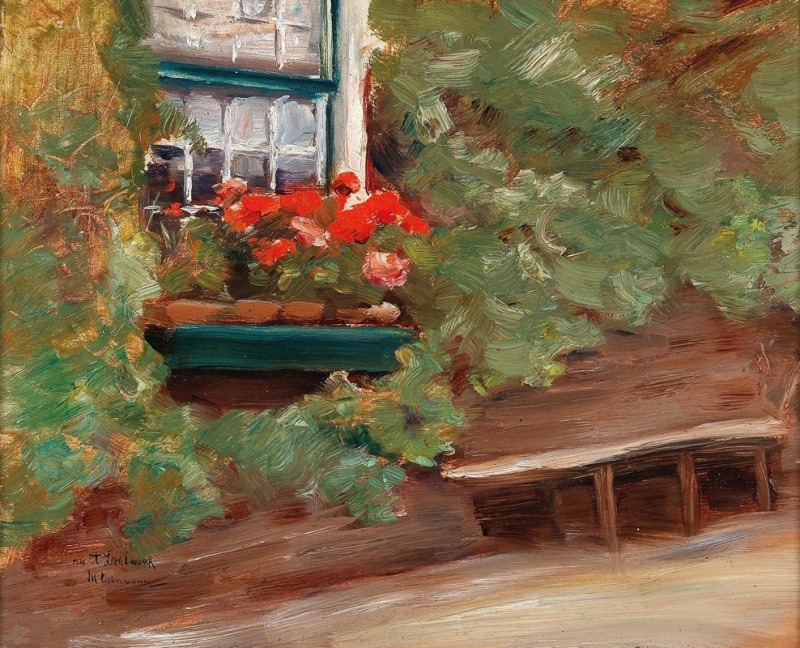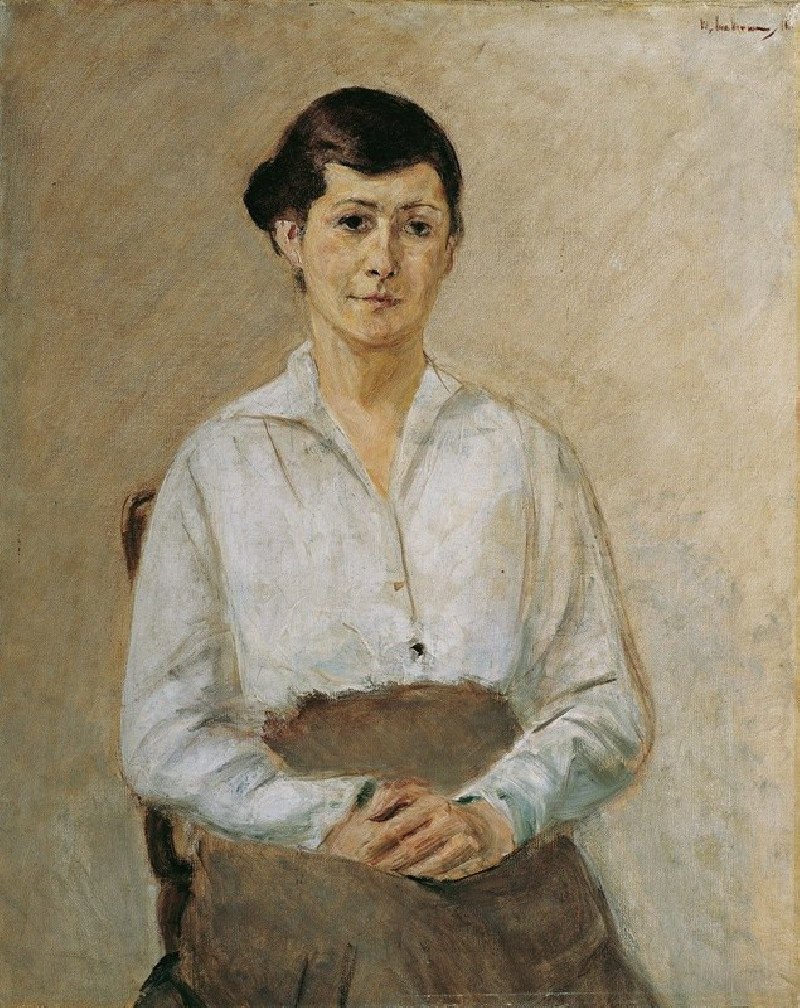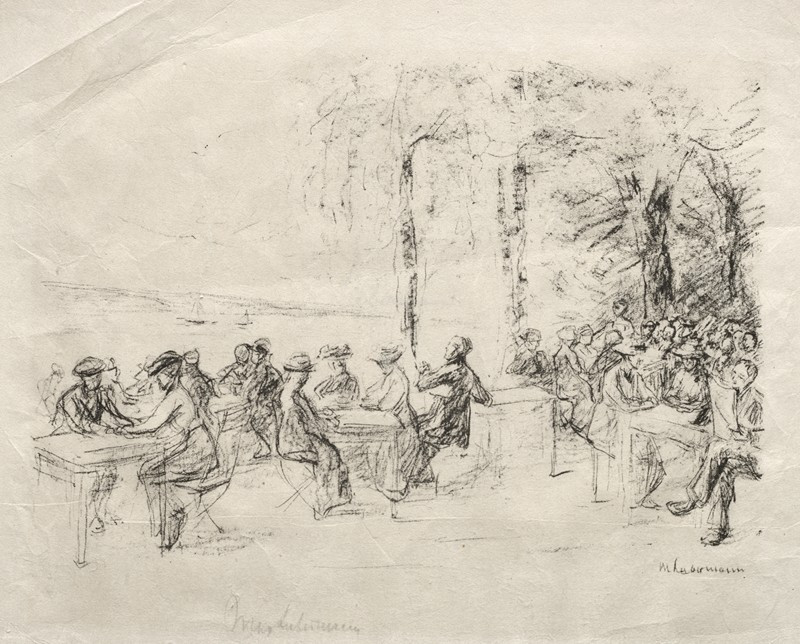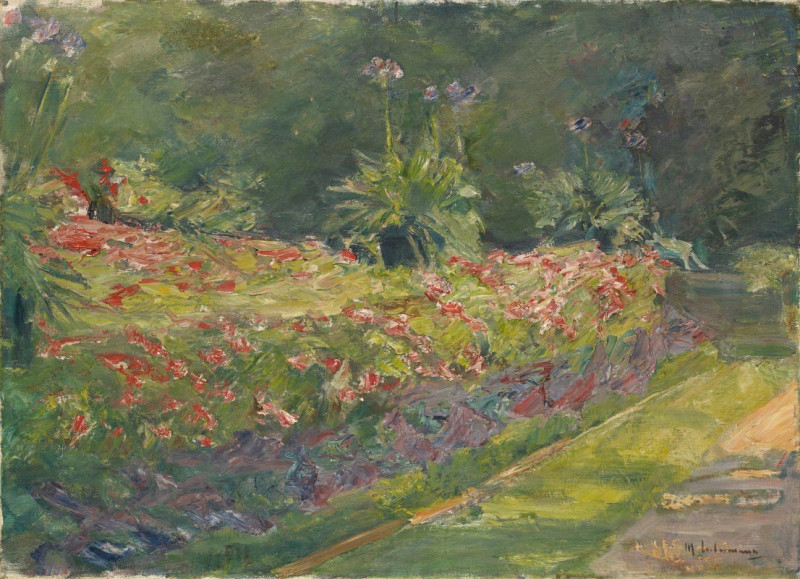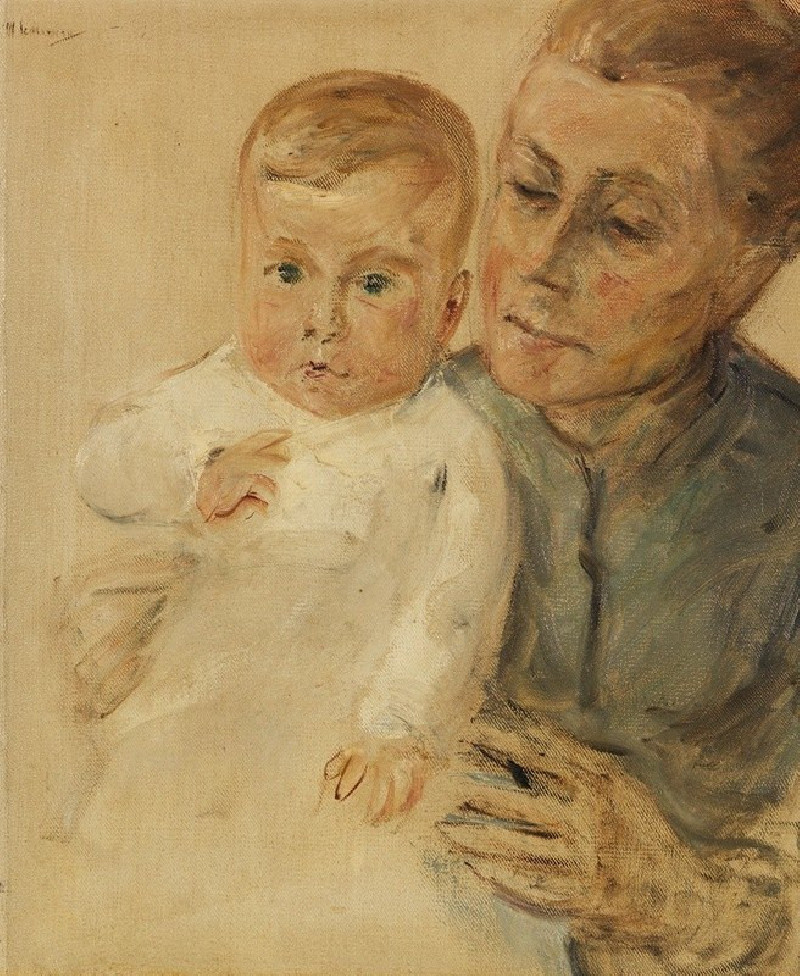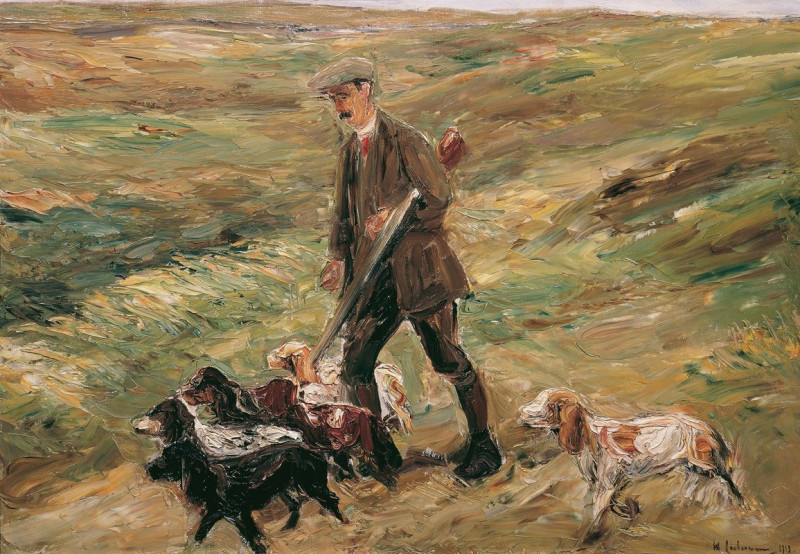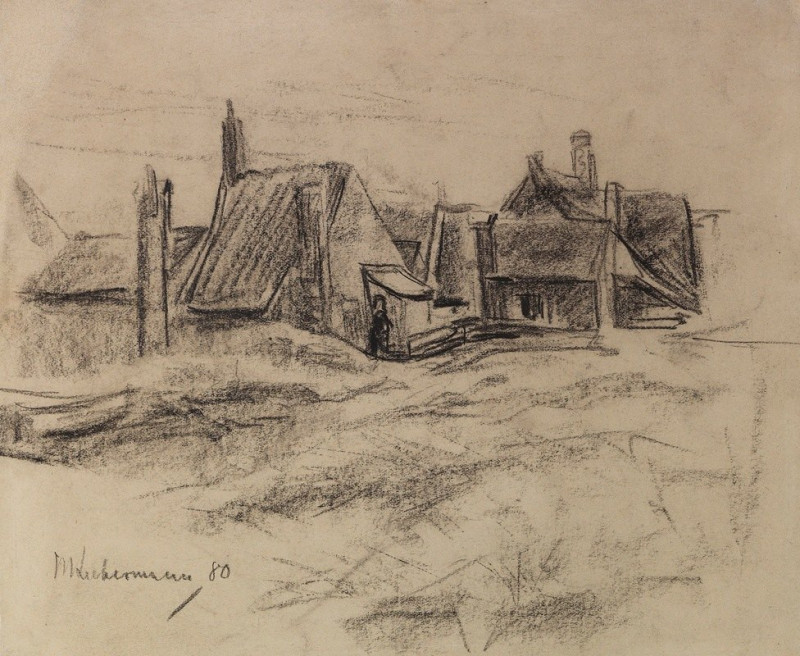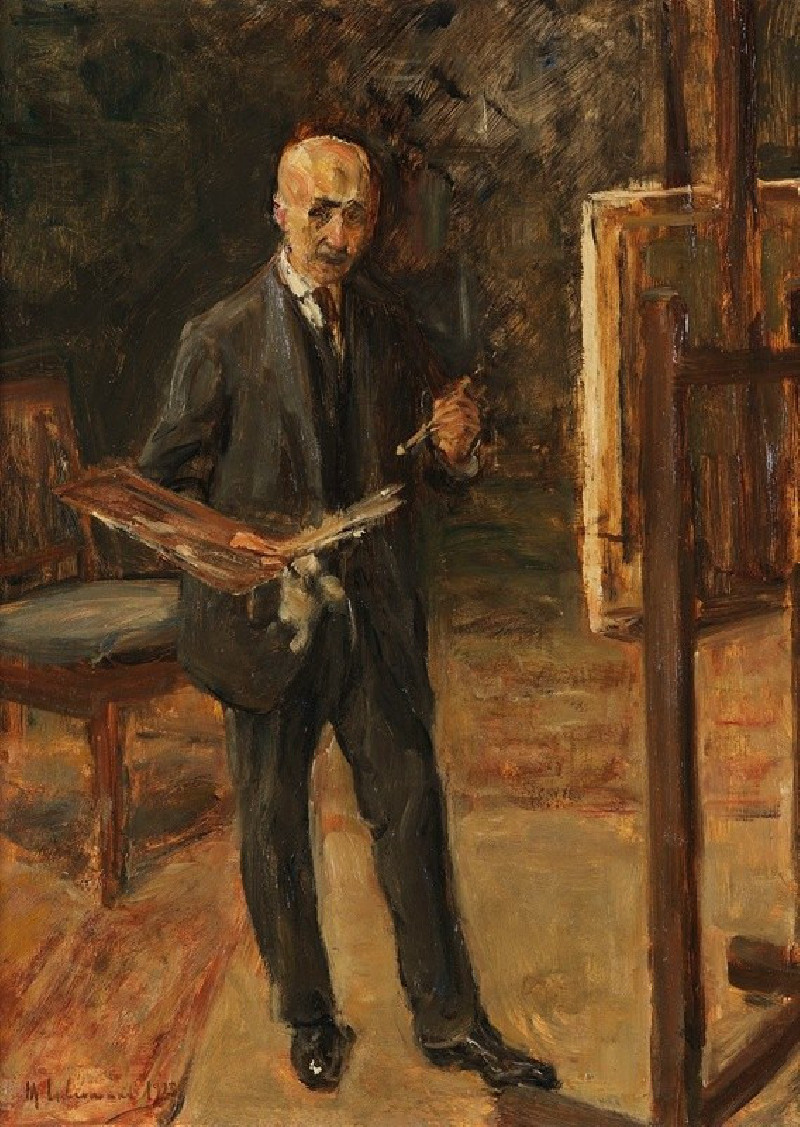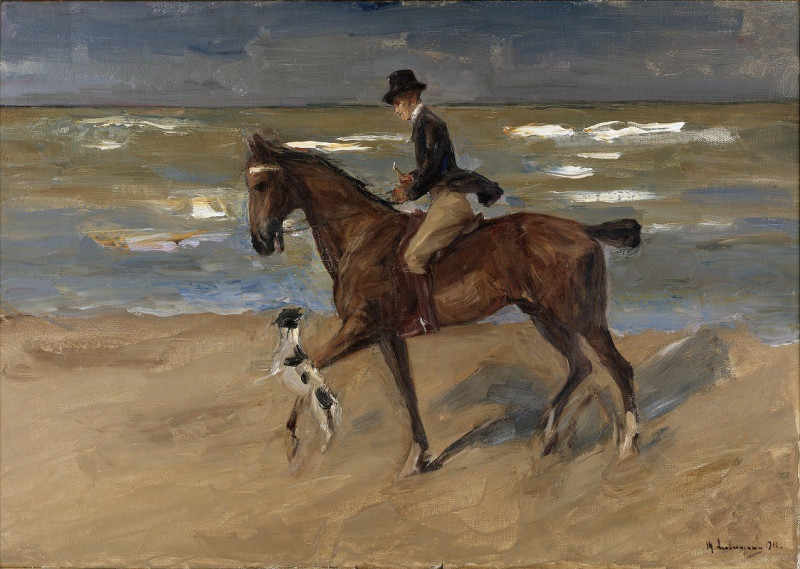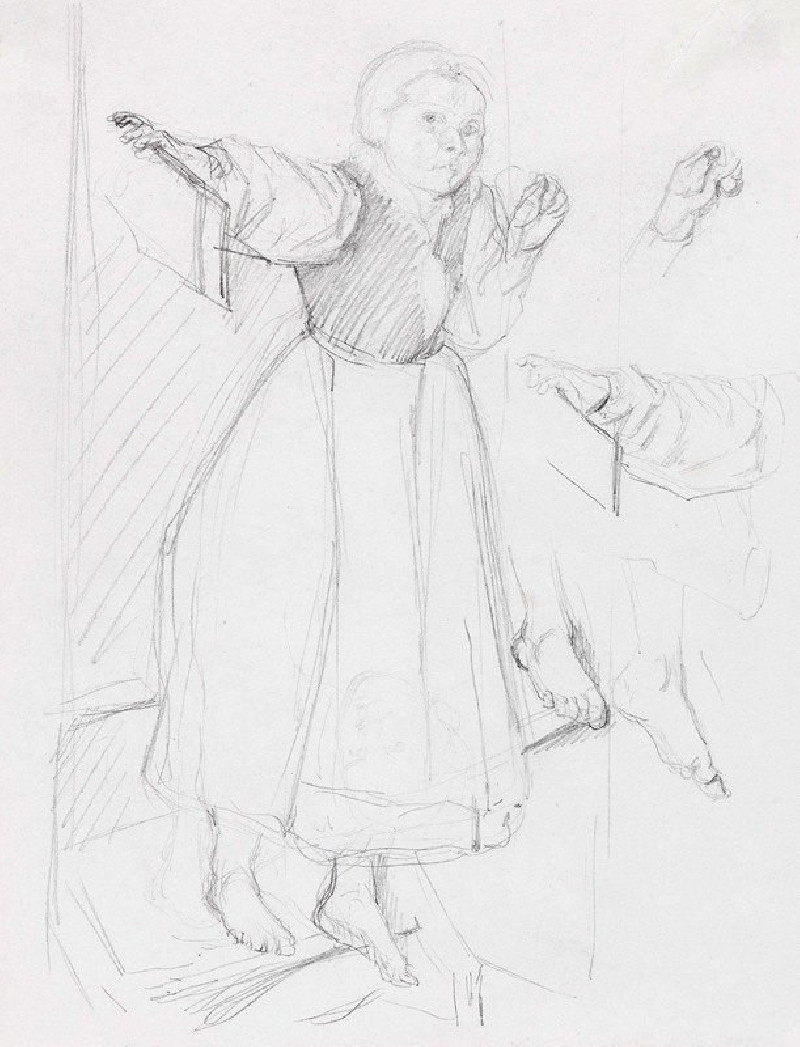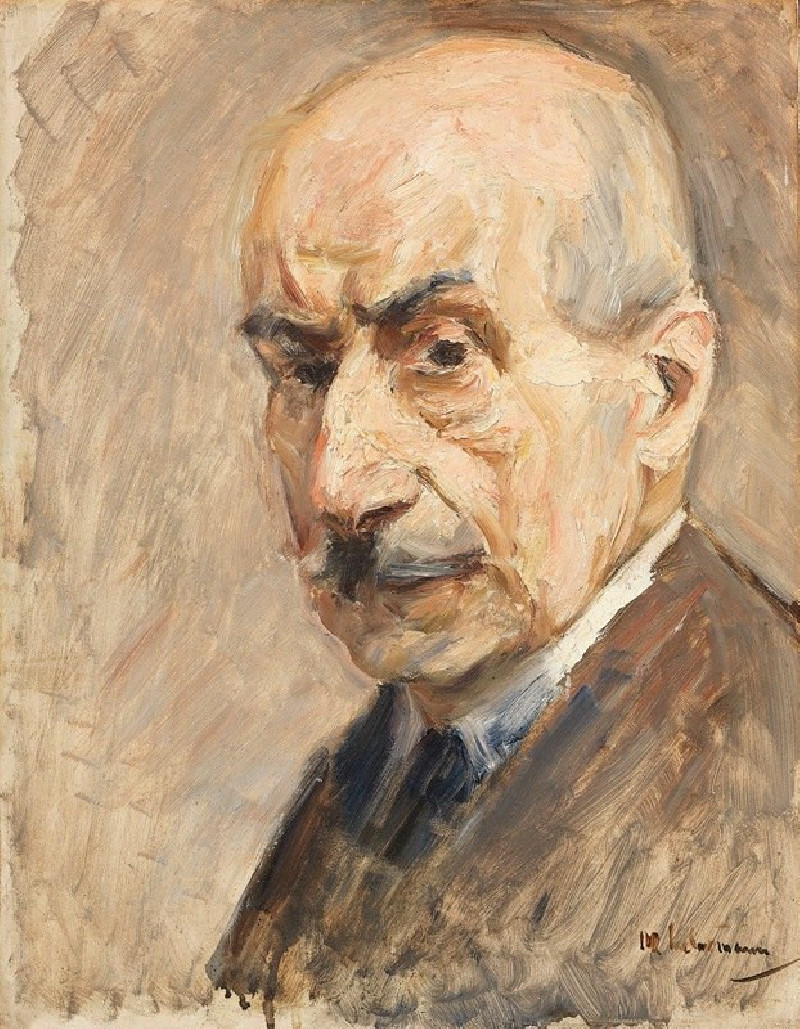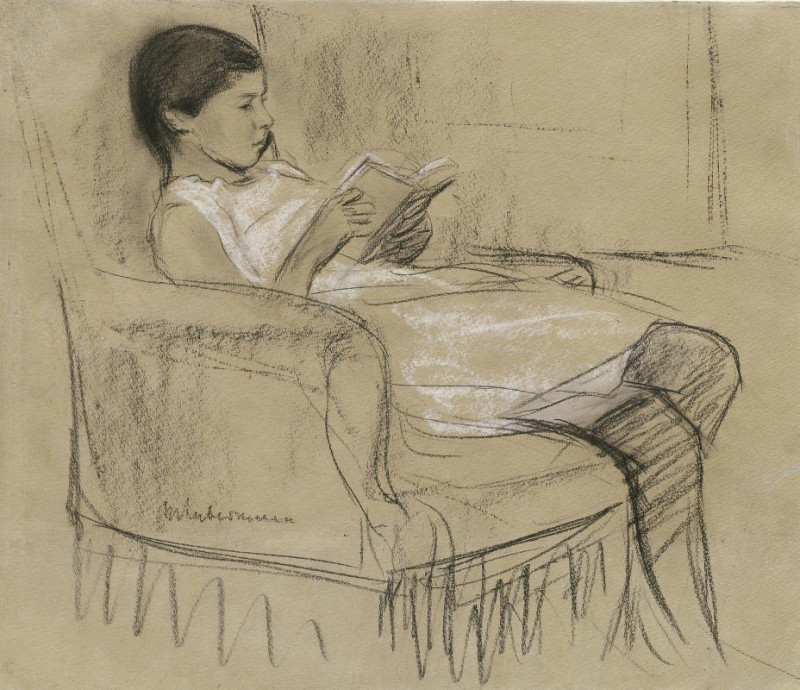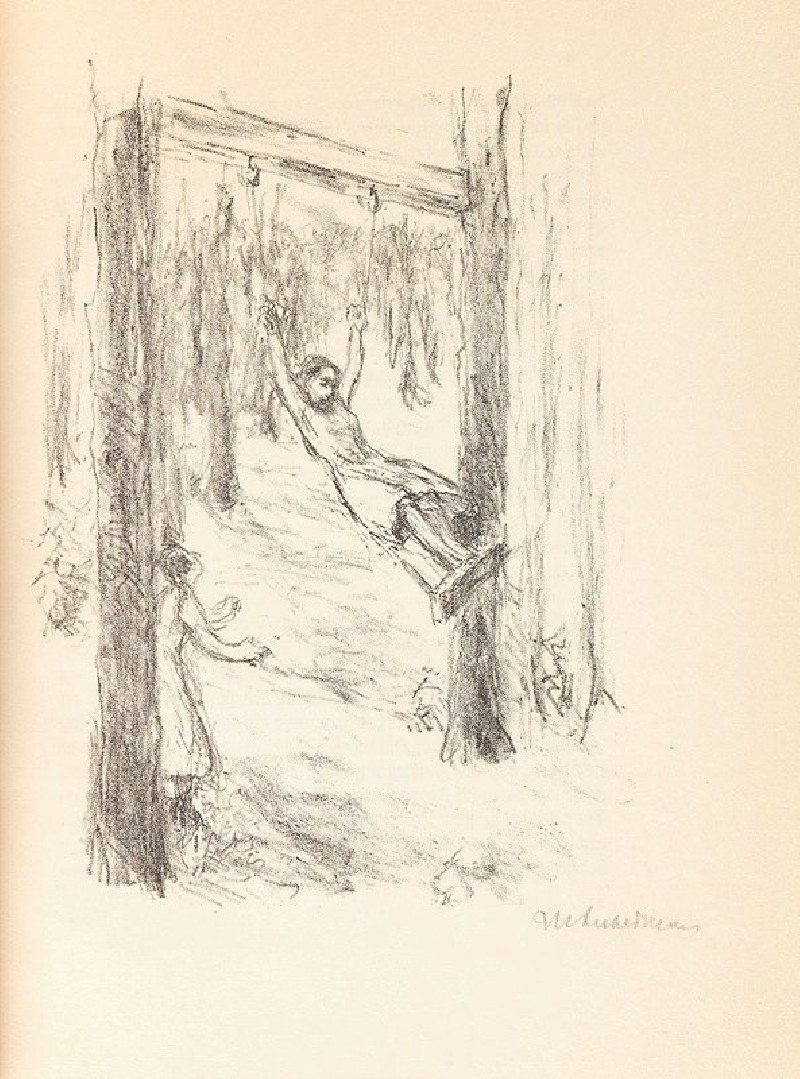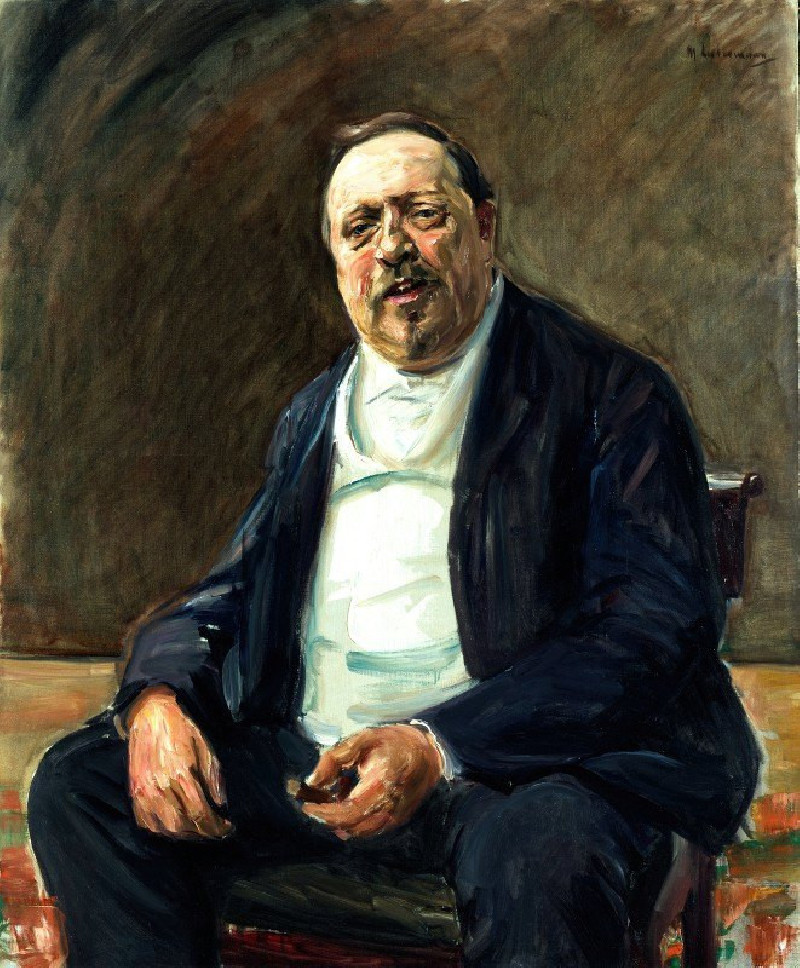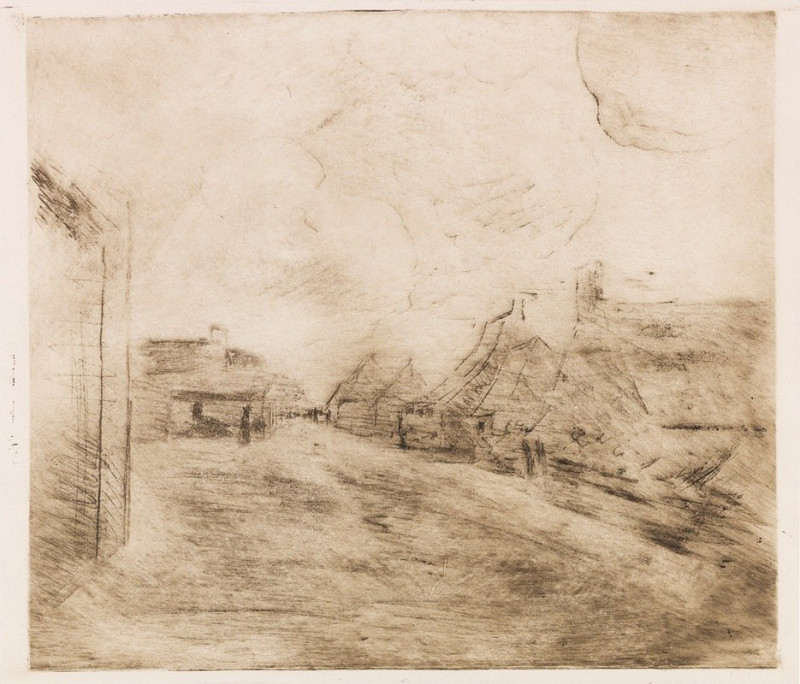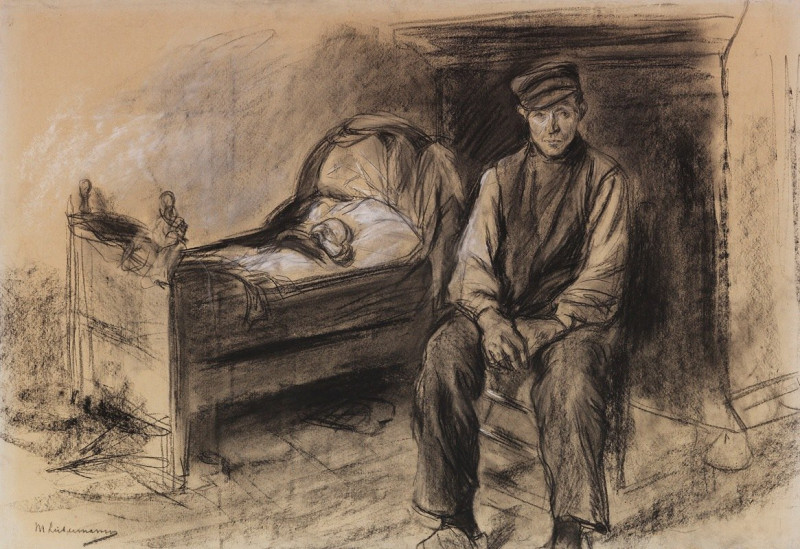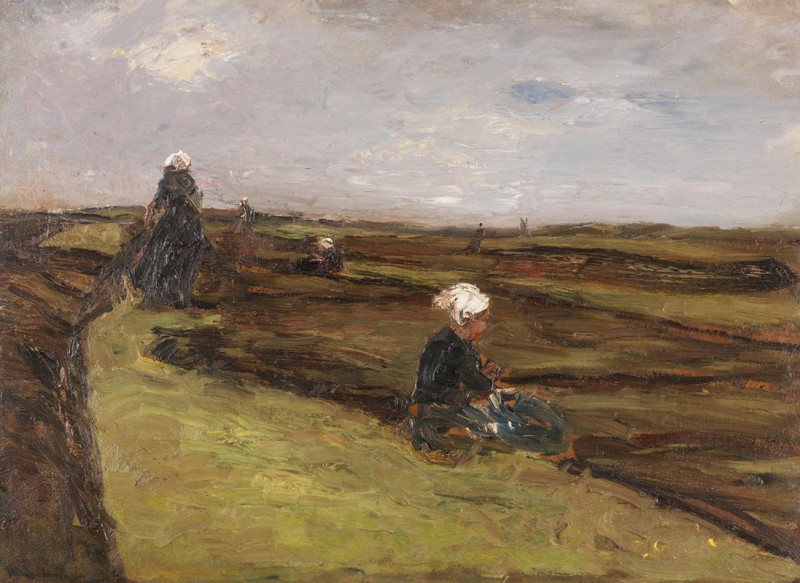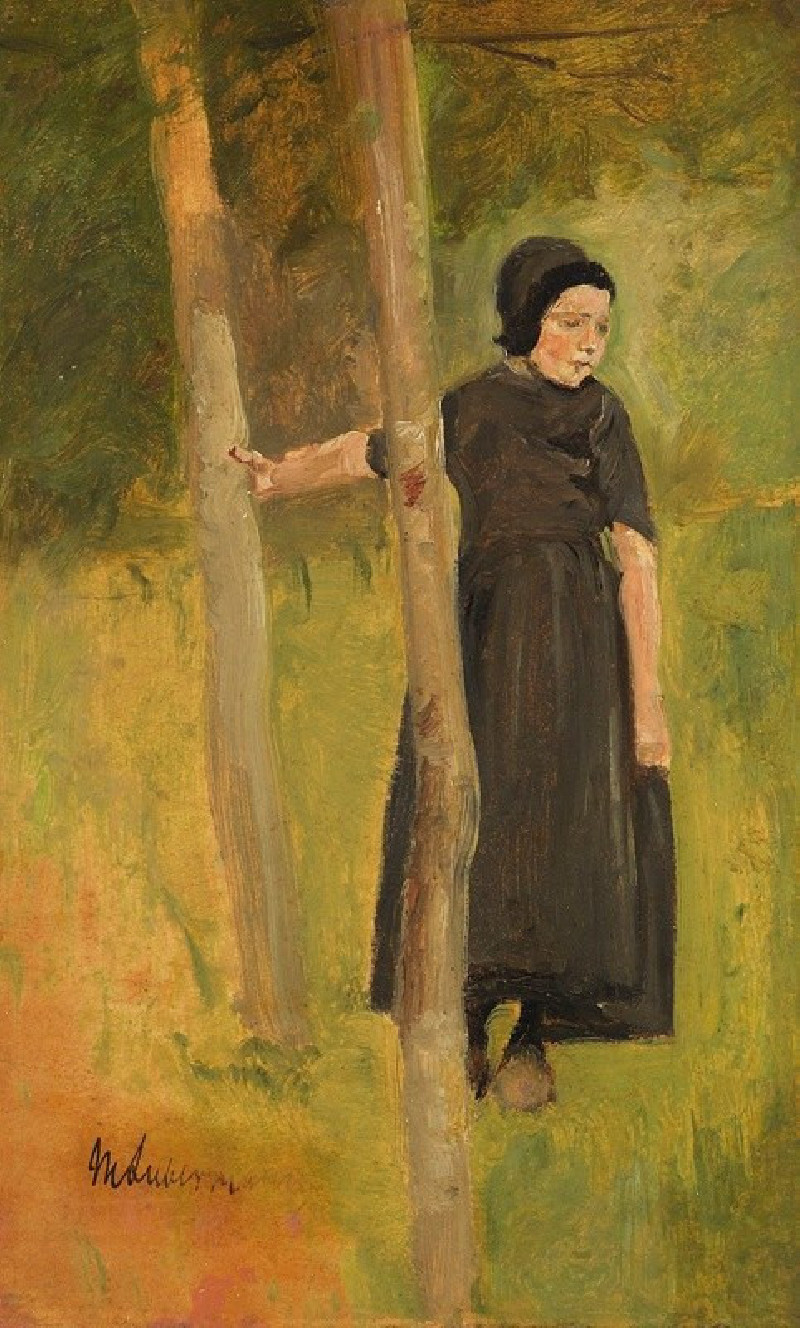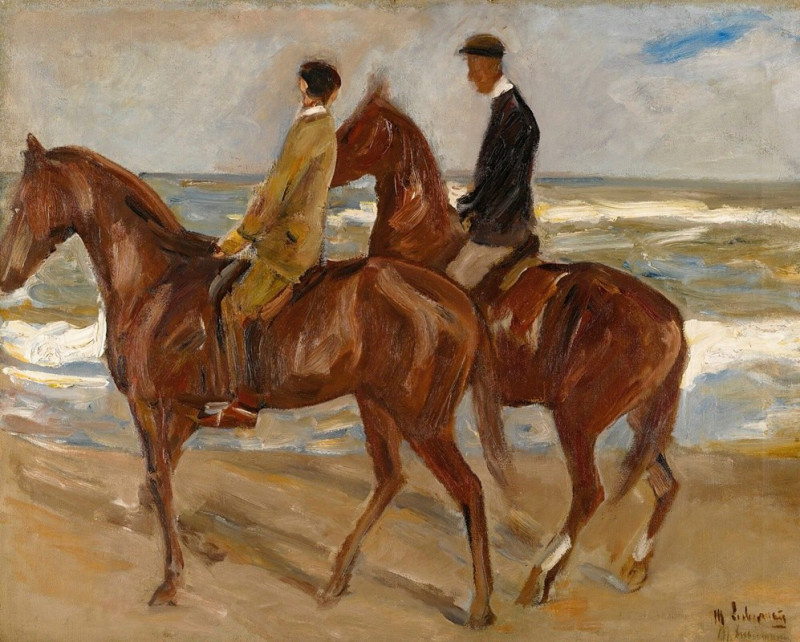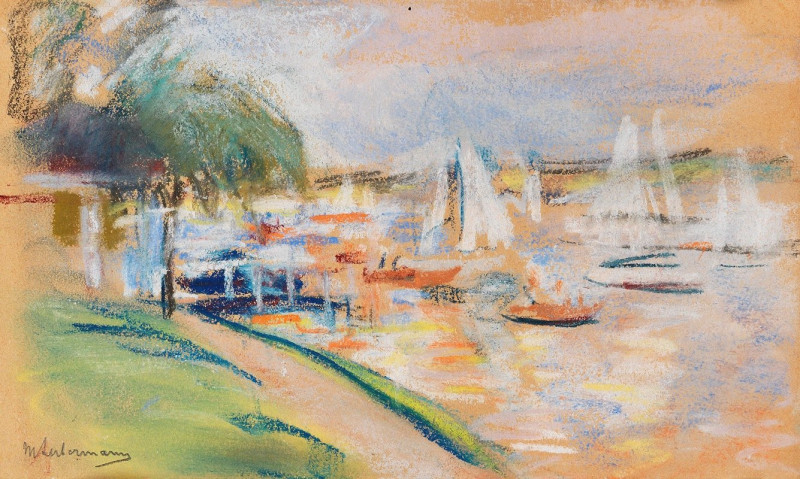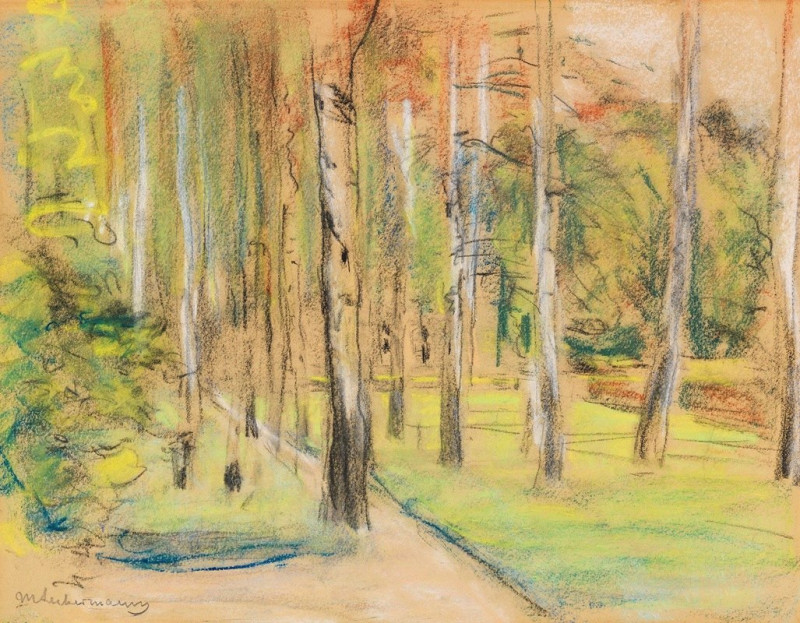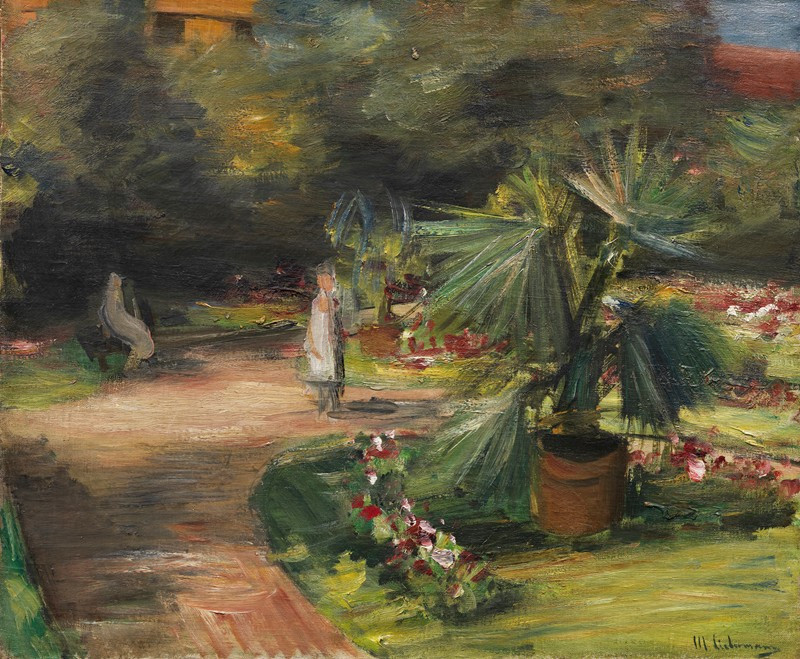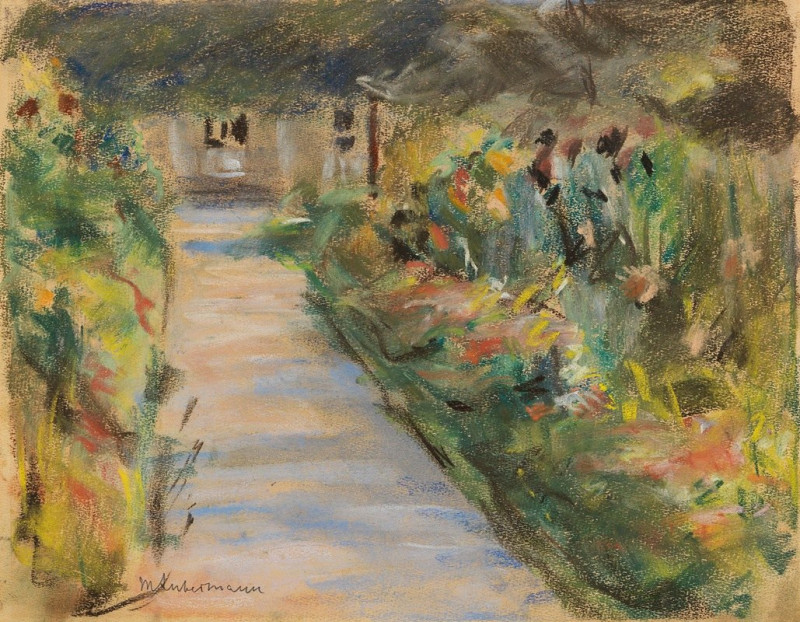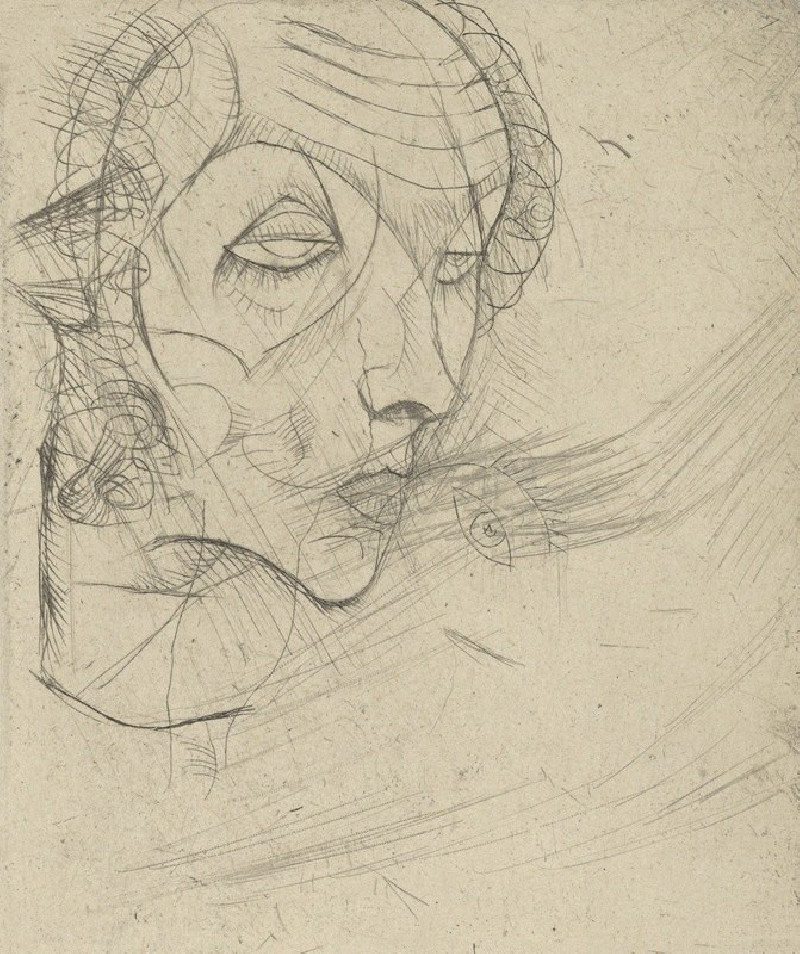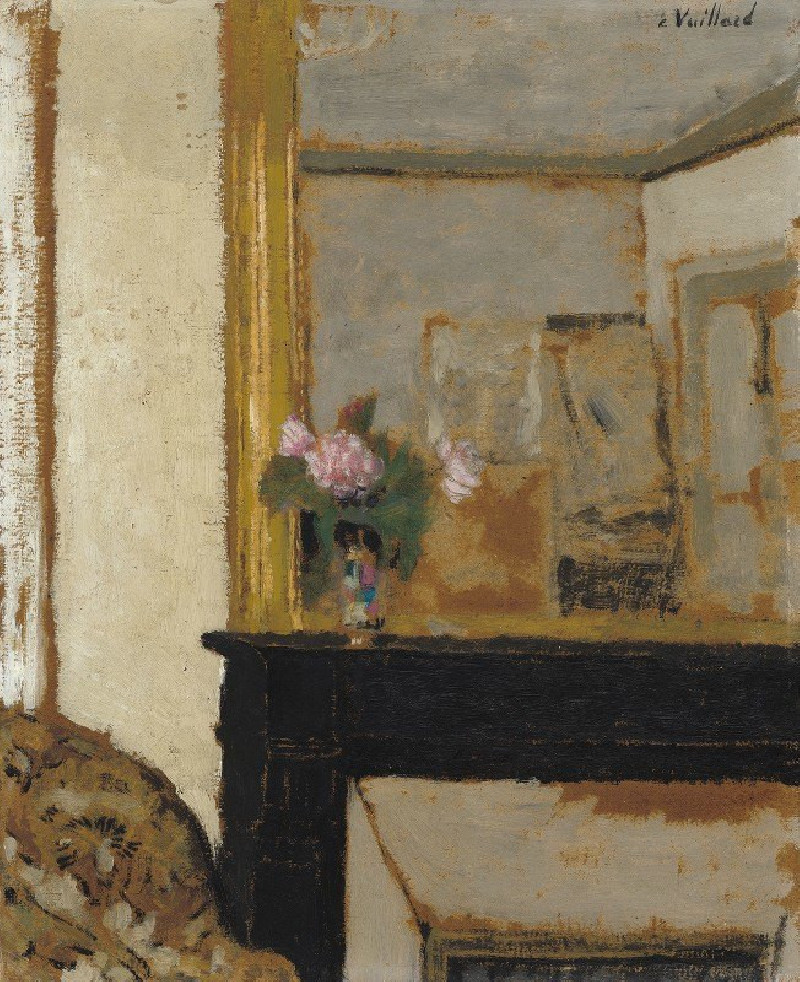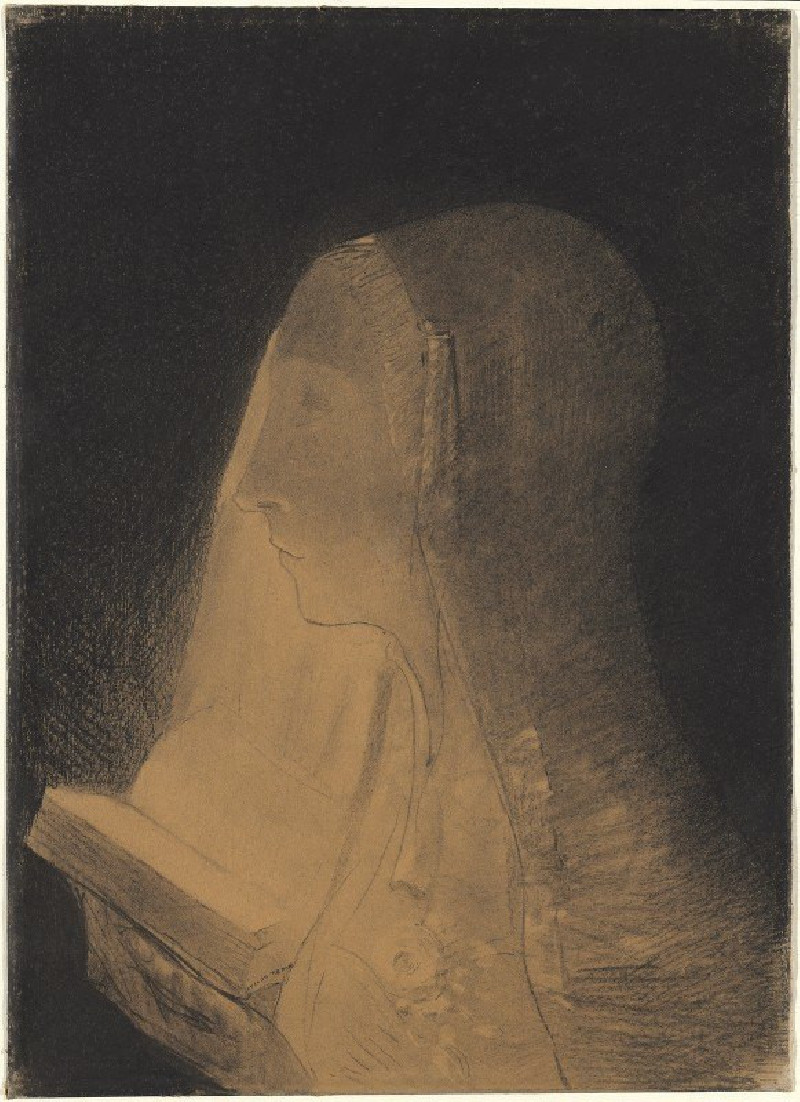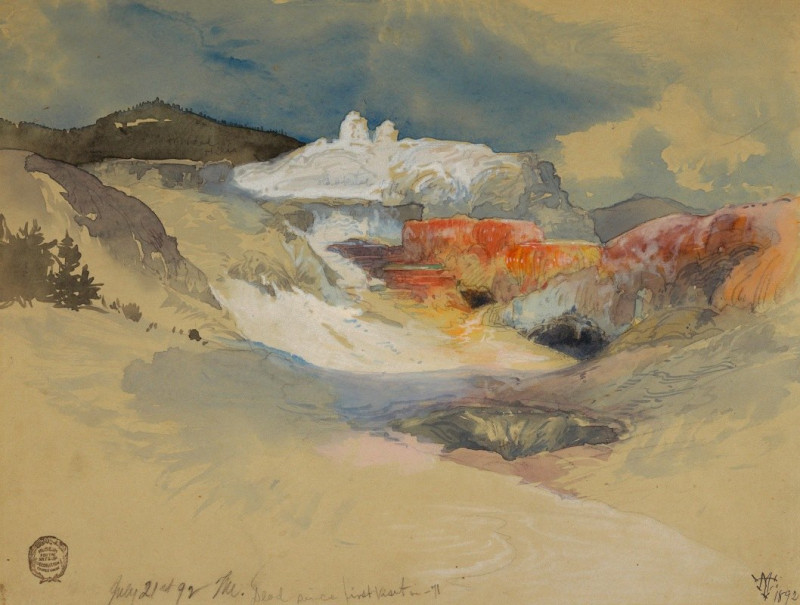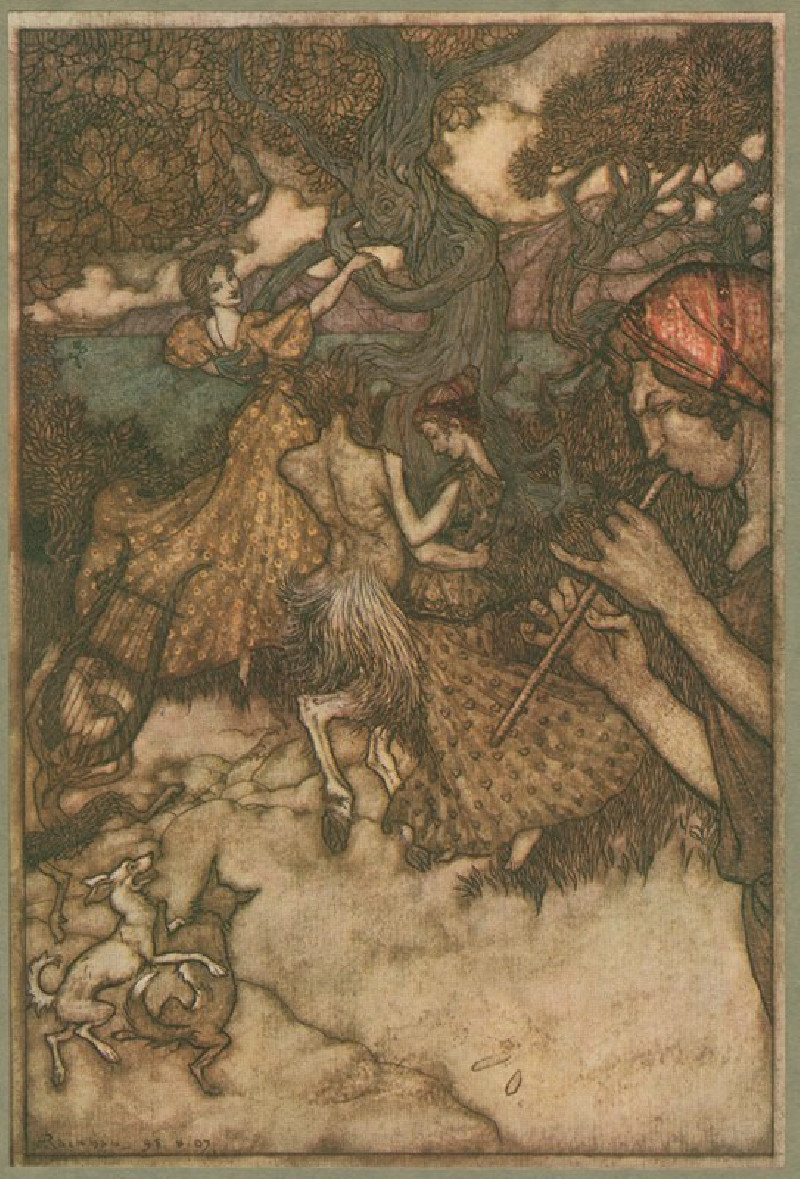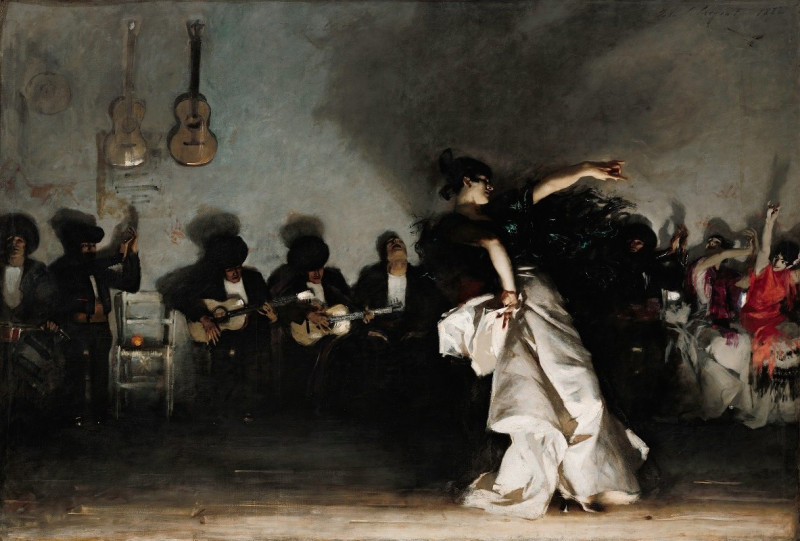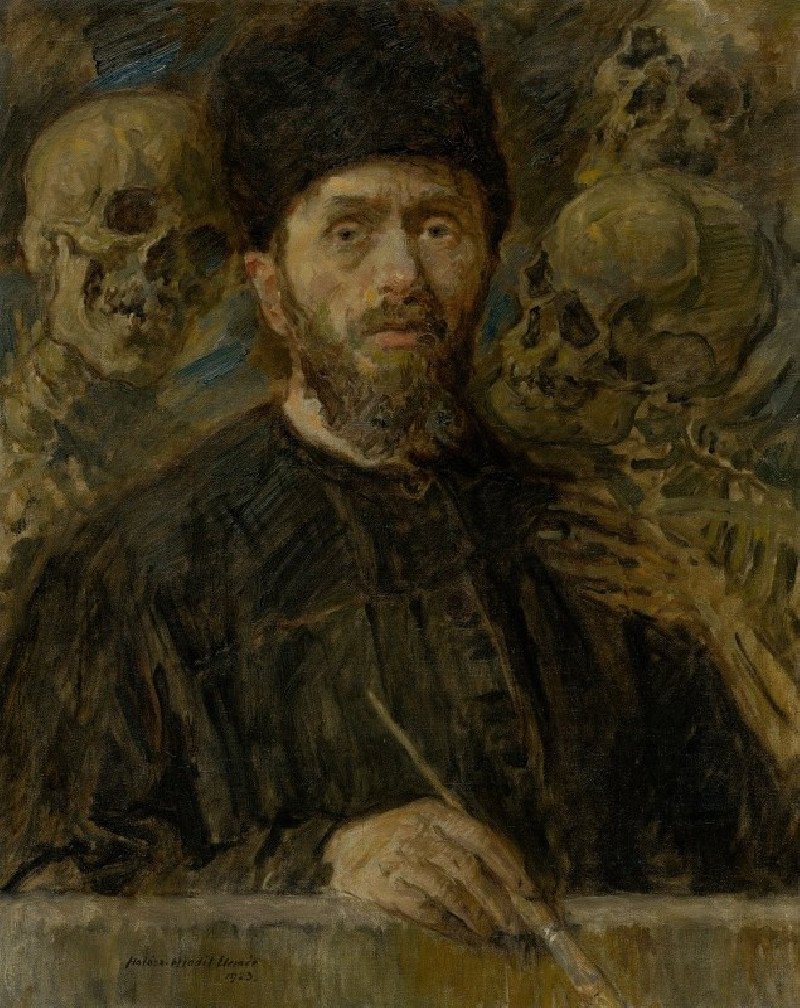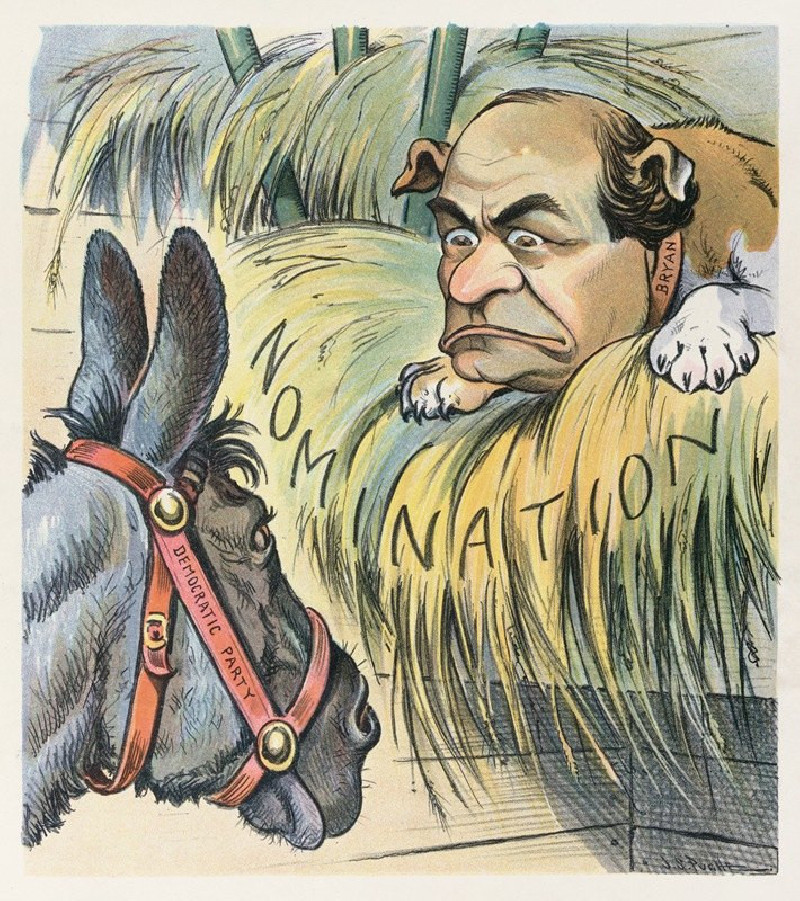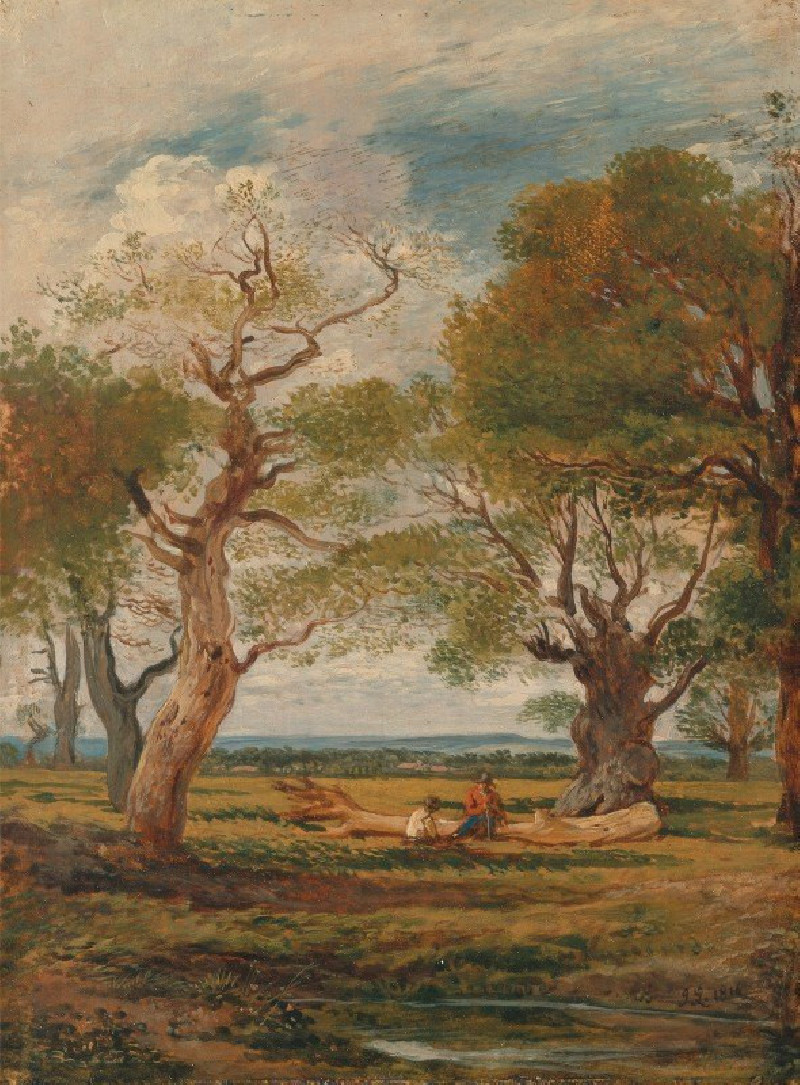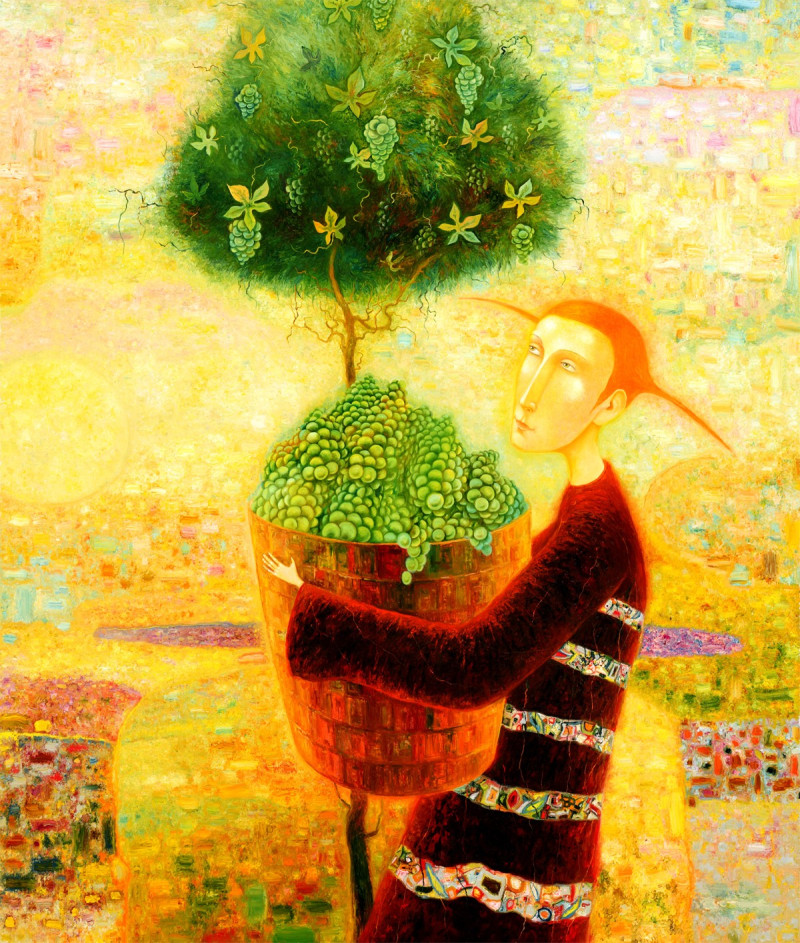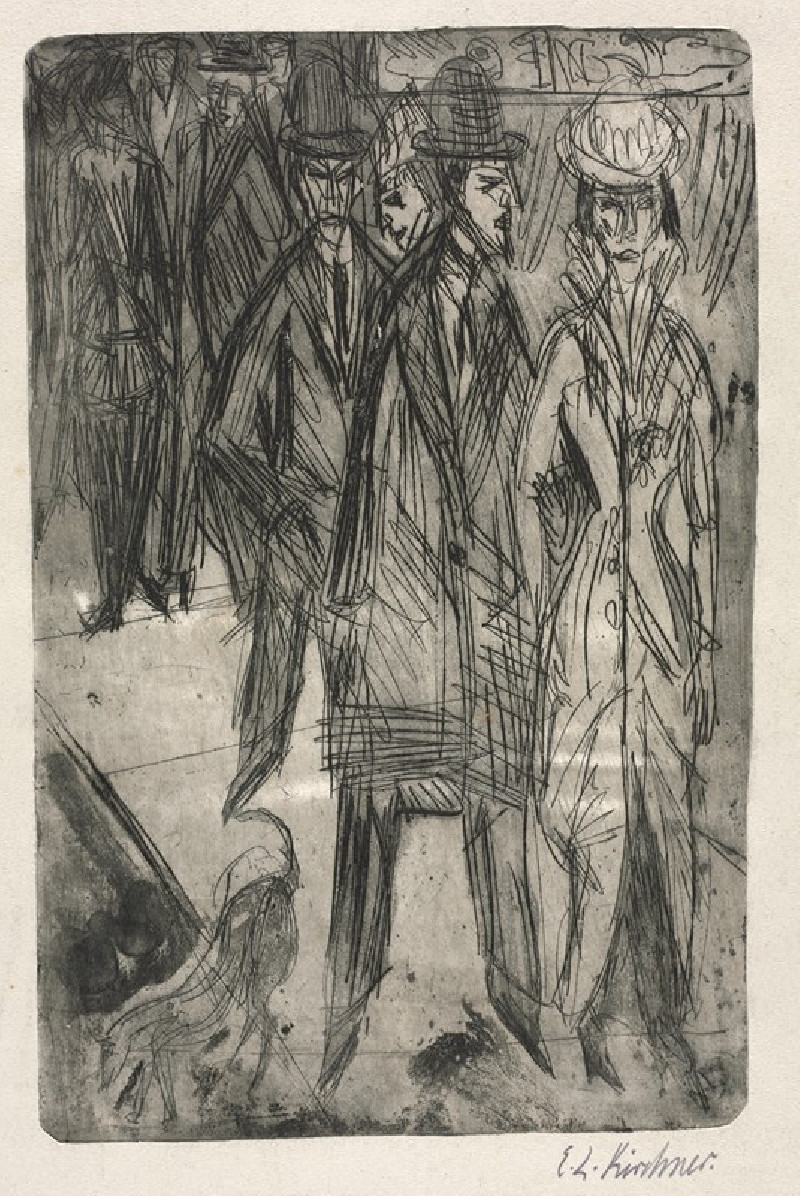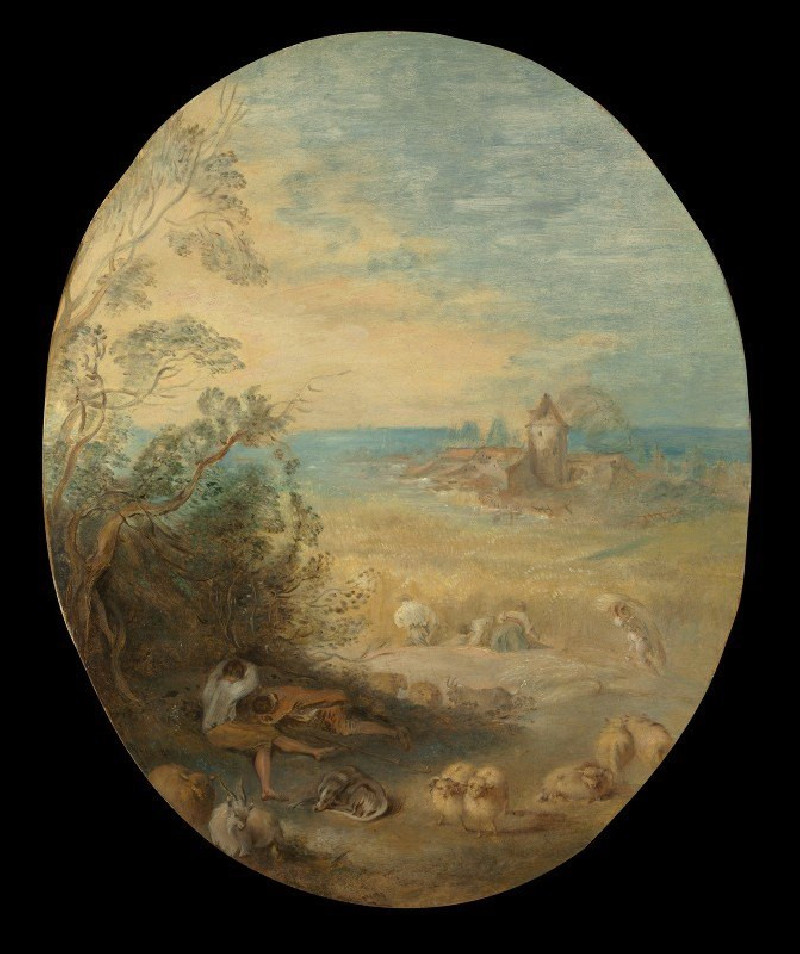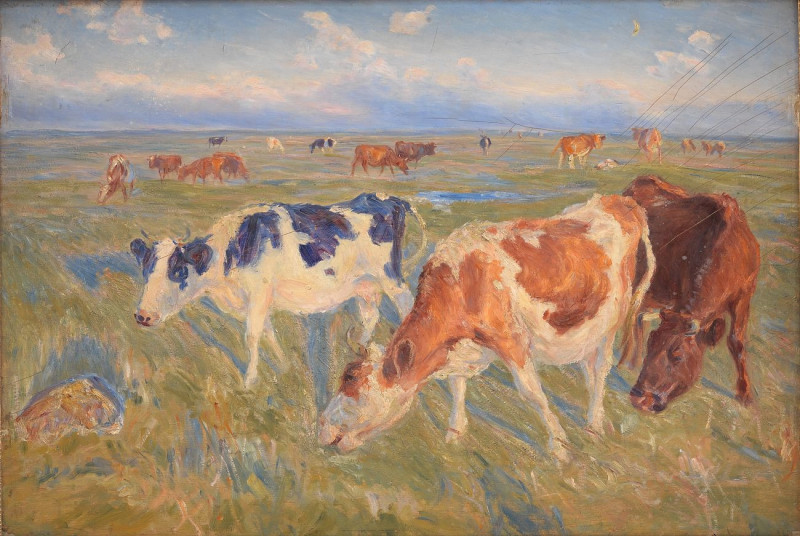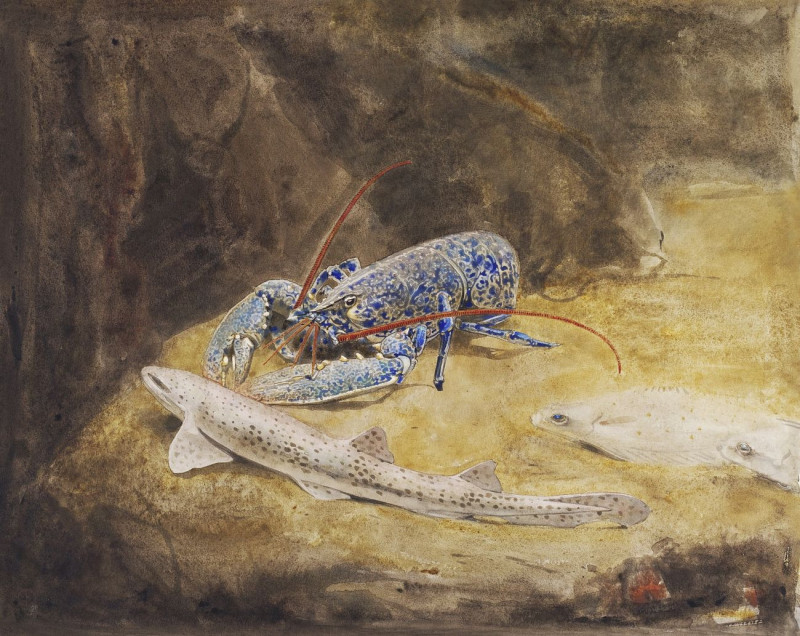Der Rosengarten in Wannsee (1928)
Technique: Giclée quality print
Recommended by our customers
More about this artwork
"Der Rosengarten in Wannsee" (1928) by Max Liebermann captures the tranquil beauty of a rose garden in an impressionistic style that poetizes nature's charm. This painting brims with vibrant strokes and an effusion of color that evoke the lushness and sensory delights of a garden in full bloom. At the heart of the composition lie two circular flower beds, radiantly bursting with red roses, encircled by delicate green tones and flanked by sinuous garden paths that invite the viewer to meander through this peaceful retreat. The dappled light filtering through the foliage and the subtle integration of the background landscape hint at a serene expanse beyond, creating a sense of depth and expanse. Liebermann's handling of color and form transforms a simple garden scene into a contemplative space, reflecting his mastery in portraying the interplay of light and nature.
Delivery
Returns
Max Liebermann was a German painter and printmaker of Ashkenazi Jewish ancestry, and one of the leading proponents of Impressionism in Germany.
The son of a Jewish fabric manufacturer turned banker from Berlin, Liebermann grew up in an imposing town house alongside the Brandenburg Gate.
He first studied law and philosophy at the University of Berlin, but later studied painting and drawing in Weimar in 1869, in Paris in 1872, and in the Netherlands in 1876–77.

